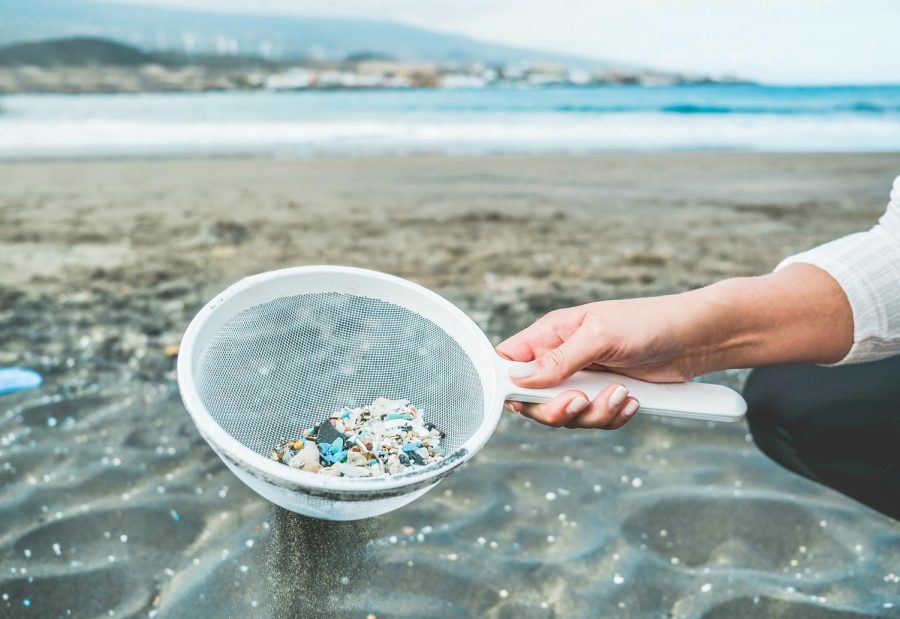It’s Time to Say Good-Bye to Microbeads for Good
Microbeads were once considered a blessing from cosmetic companies, delivering the feeling of clean skin and polished teeth.
Today, we know that microbeads are hazardous to our environment and ourselves and that their problems far outweigh their benefits.
The most detrimental aspect of many cosmetic products is their microplastic make-up. These products include facial cleansers, scrubs, masks and toothpaste. Microbeads are most often used for exfoliation.
Microbeads used in personal-care products have a direct link to toxins found in the human body.
Microbeads are a part of the microplastic epidemic plaguing bodies of water around the world. Beads, sometimes so small that they unnoticeable to the naked eye, are found in millions of cosmetic and personal-care products. One bottle of face wash can contain up to 300,000 microbeads.
One face wash sends thousands of these beads down the drain.
Toothpaste also contributes to the microbead epidemic. Dental hygienist Trish Walraven has blogged about finding little blue beads stuck between patients’ teeth, as well as along their gum lines. She noted that microbeads absorb bacteria and may lead to gingivitis.
Microbeads are constructed to absorb toxins and chemicals from the skin and mouth, which make them full of poisons.
The biggest problem with microbeads and the problems they create in water supplies is in the filtration process, or lack thereof. Most water filtration plants are not equipped to filter these plastic granules from sewage systems.
Sewage systems often operate using an effluent system, a process that releases waste into bodies of water. If microbeads are not strained out, they land in the sewage plants’ effluent destination: our waters.
The sea creatures consuming these microbeads ingest the poisons in the beads. When these poisonous microbeads are vented into rivers, streams or oceans, they migrate to the bottom and clump together to form a toxic hazard.
Small marine life become contaminated by gobbling up what looks like food, but what is actually microbead pollution. Through the food chain, more marine life is contaminated. This cycle passes along toxic infections.
Poisoned fish are hooked and sent to our markets for human consumption. Humans are in the food chain and these poisons ultimately end up in our digestive systems.
Fortunately, there are natural and sustainable exfoliant substitutes to microbeads. Charcoal, sugar scrubs, coffee ground scrubs, or even salt scrubs are viable alternatives. These substitutes produce the same results as a microbead exfoliant.
It’s past time for cosmetic and personal care companies to stop manufacturing products that contain microbeads.





